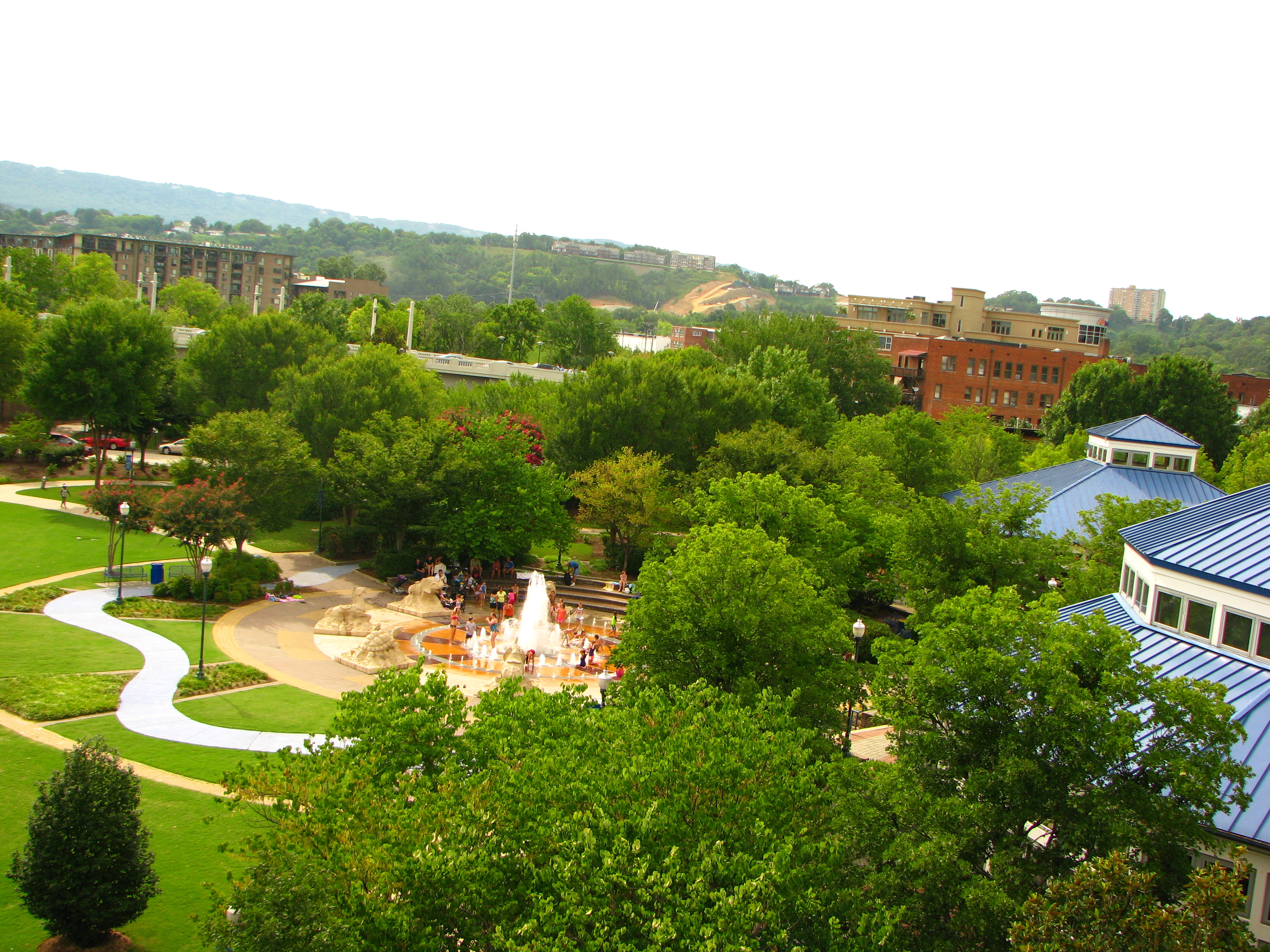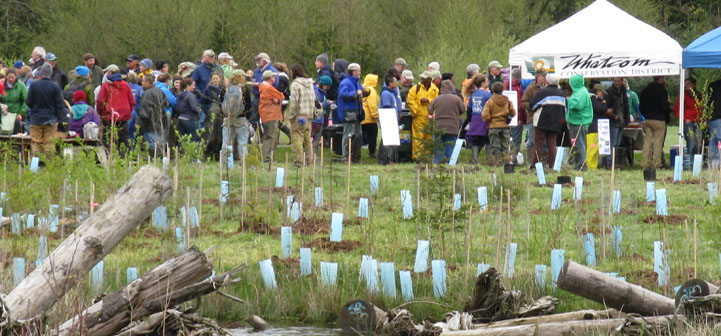Soils with excessive moisture have poor aeration because pore spaces are filled with water. Roots tend to grow near the surface in such soils. With poorly anchored roots, a tree is susceptible to wind throw. A tree may survive for …
Soil Volume and Rooting Space When Planting Trees
To ensure adequate stability and to allow a tree to grow to its potential size, a tree’s root system must have adequate soil volume in which to develop. There is a direct relationship between soil volume and crown volume. When …
Selecting the Proper Tools for Urban Tree Planting
The proper tools for preparing the planting area depend on the size of the tree, the type of root system, the site, and the condition of the soil. The most common hand tool for planting trees is the shovel, but …
Urban Tree Planting (Part 1): Site Selection

Site selection is the first, important step to make when planting trees in an urban environment. Quality sites have a higher probability of supporting long-lived and healthy trees, whereas poorly chosen sites produce poorer-quality trees. Urban environments are challenging for …
Tree Planting in Cities (Part 3): Tree Selection & Planting Guidelines

Millionth Tree Planting Celebration, Whatcom Conservation District.
After selecting a good site to plant an urban tree and then preparing the site for planting, the next step is tree selection and planting.
Tree Selection
Selecting healthy tree stock is …
